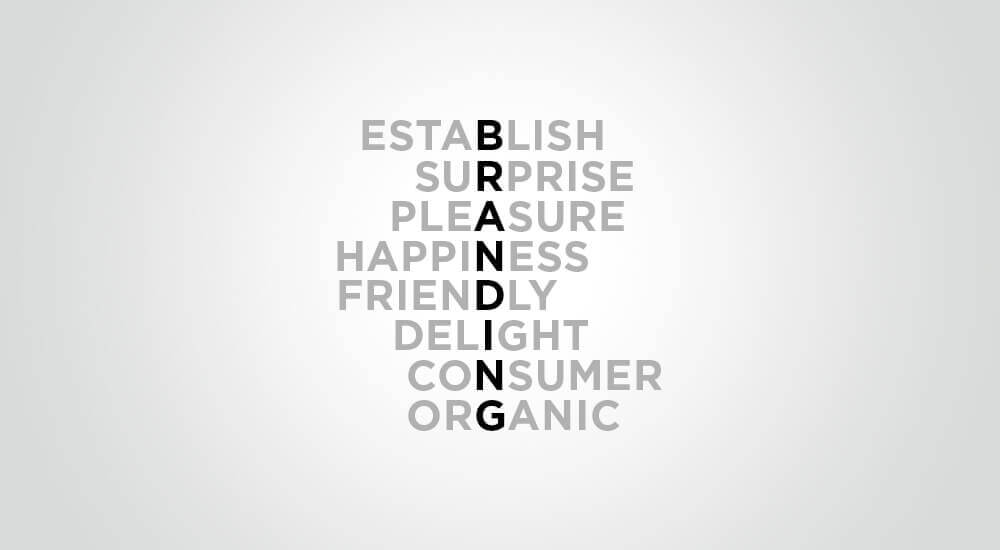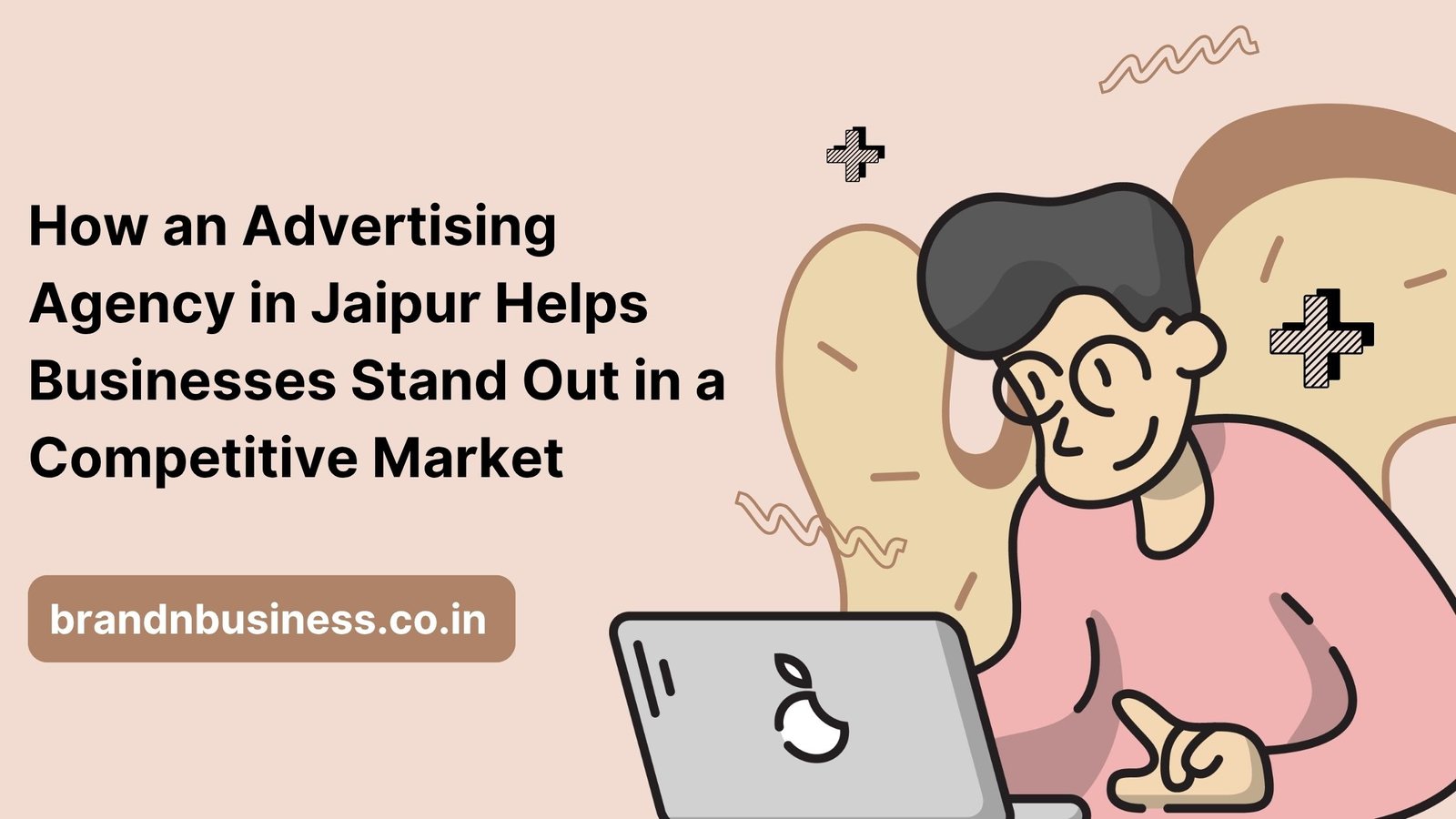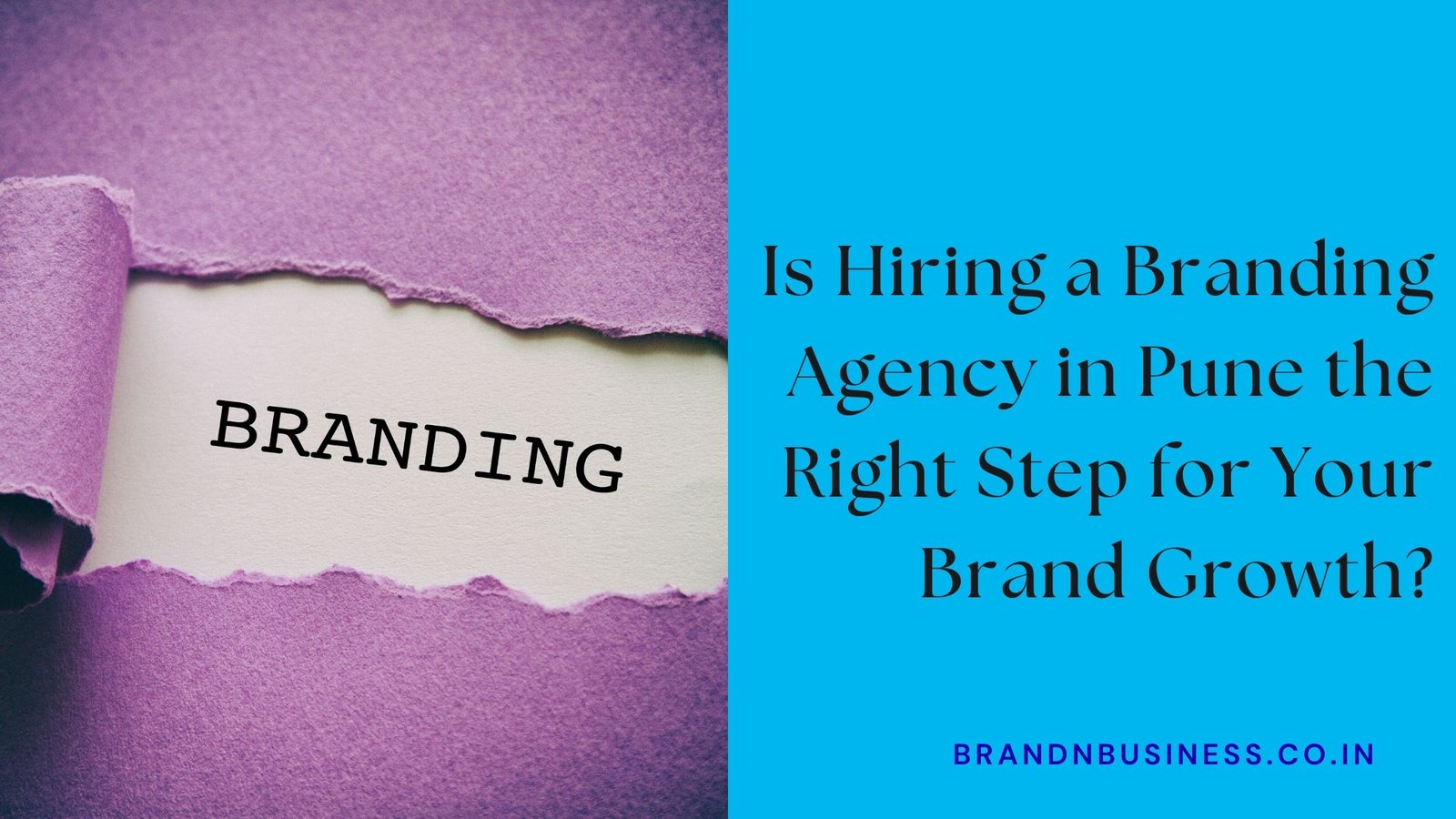
Embedded in this enquiry is an exciting new kind of a branding technique. A fresh term coined. But before we get to the core of the discussion, let’s first get the ABCs right. In a quintessentially-traditional branding ethos, organisations naturally lean towards building their product expansion and marketing plans before working on their market positioning.
Brand positioning calls for intensive brain storming sessions to kick-start a thought process on what is the core proposition of a brand. Undeniably it’s a strategy that starts from outside and moves inward. In this exercise the first focus is the market and the next, the brand.
“The tactic has so far paid off for a lot of iconic brands and should work for yours too,” observes Serkan Ferah in Build Adaptive Marketing Strategies with the Psychographic Branding Method in Brandingmag. It fails only when:
The company pays no attention to potential consumer behaviour and their psychological frame of mind
When a company takes the concept of uniform consistency too seriously and creates barriers to brand access making it appear that the brand is only accessible to the classes and not the masses. That unfortunately limits the scope of the brand.
In both cases, the missing link is a strong consumer focus. This is equal to hara-kiri in the highly demanding, consumerist world that we live in today, where every little gesture must directly favour the customer. Adaptive marketing is the buzzword for this kind of a market scenario. Brands NEED to establish a more “bespoke” relationship with their consumers or they will perish.
Additionally, brands have to remain ground on factual, informative feedback received from numerous data networks. Only then can brands adapt themselves to customer demands and send out the right message at the right time. It goes for both products and services if the idea is to log in high sales volume and in turn demand sustained loyalty and a rising growth chart. How do you achieve all this and more?
The answer is with psychographic branding.
What is psychographic branding?
A more internal procedure, psychometrics is used to predict how consumers with diverse personalities and buying behaviour relate to a brand and its specific product/service. With psychographic branding, one can generate a blend of personalized mini-messages built on universal personality types. This of course, brings the marketing strategy several steps closer to the consumer and connects with him/her on a personal, intimate level.
The marketing blue prints till date have mostly looked into the how, when, who and what to market. Psychographic branding tool asks both the Who? And the Why? questions. However it has to be done with zero breach of privacy, while enabling brands to micro-target clustered segments according to general/segmented personality types. Call it “mass bespoke marketing,” which is a far cry from – ‘one standard for all audience’.
Phew!! ‘Market Segmentation’ has come a long way since 1956 when the phrase was first coined by Wendell R. Smith, an academic and a marketer. He was the first to propose segmentation of consumers by demographics, age, gender etc. for targeted marketing. These days, every branding agency in India worth its salt swears by this technique that implies zero wastage of effort. Mac Kinsey & Company notes that brands that employ behavioural insights surpass competition by 86% in sales progress and 25% in gross limits.
At Litmus Branding we have been using psychological marketing since ad infinitum with encouraging outcomes.
Recommended: Brand color psychology – The art of choosing brand colors
How to use psychographic branding?
The application is a two-stage modus operandi.
Stage#1
What I mean to you!
Lay your foundations on truth that what is the importance of your brand in the lives of the consumers. First recognize what value you are transferring to your consumer through your product/service? The ideal meaning of a brand from the customer viewpoint is ‘what you got for them!’ The logos, the brand story, even the product and other forms are only a representation of your brand. The ‘worth you add to their life’ is however a different ball game altogether. You, as a company must know “why” the consumer is buying your products or services. This would reflect their psychological orientation to your brand. Explain it to them, how they should “see, hear, feel, touch and experience” your brand. For instance, if you are an outlet that deals in organic food items at a rational price your brand proposition could be “Go Organic … Pay Reasonable”
Stage# 2
For your ears only!
Communicate with them in a ‘language’ they can comprehend, effortlessly. Find out if different consumer sets relate to your brand differently and why? In what manner does your brand influences them? Search for answers from different groups, maybe Facebook, LinkedIn groups.
It will help your understand your consumer better and you can accordingly, tailor your message to each consumer set. Trust + connect – those are the two values you need to build your relationship on.
According to psychometric tool DISC, there are –
16 universal personality types, of which four are primary and 12 are a combination of these four. Following is a brief discussion of these four personality variants.
Dominant
These consumers are not interested in the method. They are only concerned about the results before pronouncing the final verdict. Take the shortest direct approach to find your way into the hearts of these consumers. Pay attention to a few, concrete features of your product/service. That should be your game plan. No long-winding stories. The communication mantra to adopt is – ‘Crisp Content’ ‘Direct Communication’.
Influencing
They are die-hard dreamers. They get super excited by futuristic visions promised in an affirmative environment. The fear card will not work here. Any negative note could entirely damage your chances with them. Paint a bigger picture for them stating how your product/service will help them grow bid in life. They will buy a premium priced product if you tell them it will take them up the social ladder. The mantra here is – ‘Happy Future’ ‘Go Visual.’
Steady
The thoughtful crowd. The steady group will have a systematic and logical action sequence. They are in search of support, consistency and loyalty. To reach out, your communication strategy must be empathetic and friendly. Be gently sensitive. Do not use overpoweringly strong language. Bridge faith through earnest meaningful dialogues. This audience can be a huge part of a brand’s loyal brigade. The mantra – ‘Subtle Words’ ‘Sensitive Vibe’
Recommended: Using simple narratives to build powerful brands
Calculating
They are hesitant and a doubtful set of people, who get easily attracted to actualities and statistics. They appreciate lengthy, exhaustive studies and stay away from small talk. Feed them with maximum informative material and a breather to look over and examine the same. These people can promptly change their minds. There are lesser odds to which your brand can impact them by intruding into their course of decision-making. They like the safety and security; feed them timely assurances and proofs on the declarations and claims your brand has been making but make sure those are really substantial. Comforting messaging with loads of factual data and realities. The mantra – ‘Indicative Numbers’ ‘Reality Check.’
Added Driver
Once the company knows which personality type, it is catering to; use suitable emotional triggers to stir and shake them. Especially in online advertisements this combination can be a boon for advertising. It could stimulate conversion rates. Here is the road map of top ten emotional drivers, culled from 9 Mind-Bending Ways to Use Psychographics in Your Marketing by Dan Shewan in Word Stream.
Let’s play!
The Dominant type can be driven by trigger of Interest.
For the Influencing it can be Happiness, Delight, Hope and Excitement.
The Steady ones will react to Joy and Affection.
The Calculating can also be won over by Interest but by different means.
As your shift through feedback received from every kind of customer, start building a data bank. It will make personality identification and futuristic goal-setting easier. Listing down of motives will complete this process of psychographic branding.
Lastly, customize your products/services to these psychographic profiles. You will soon discover lesser risks and higher returns from your marketing spend. Don’t engage with a bunch of anonymous listeners. Hello People!



